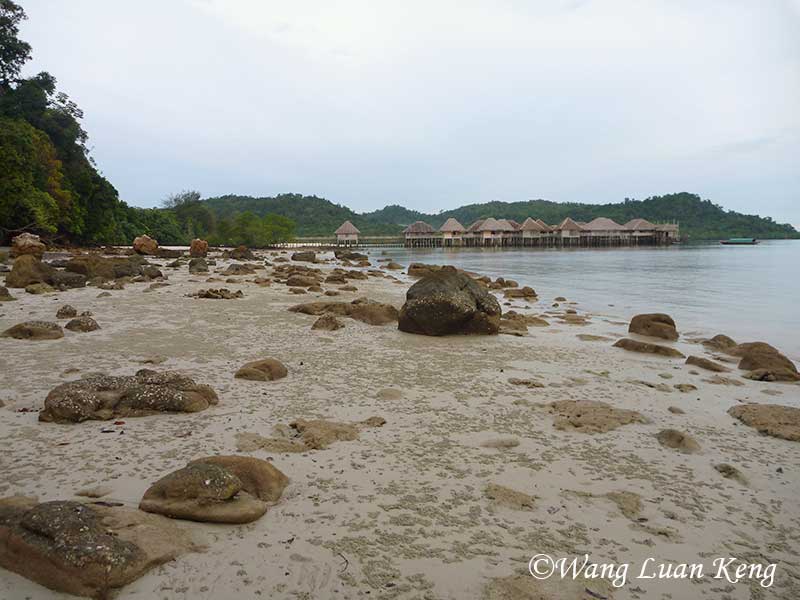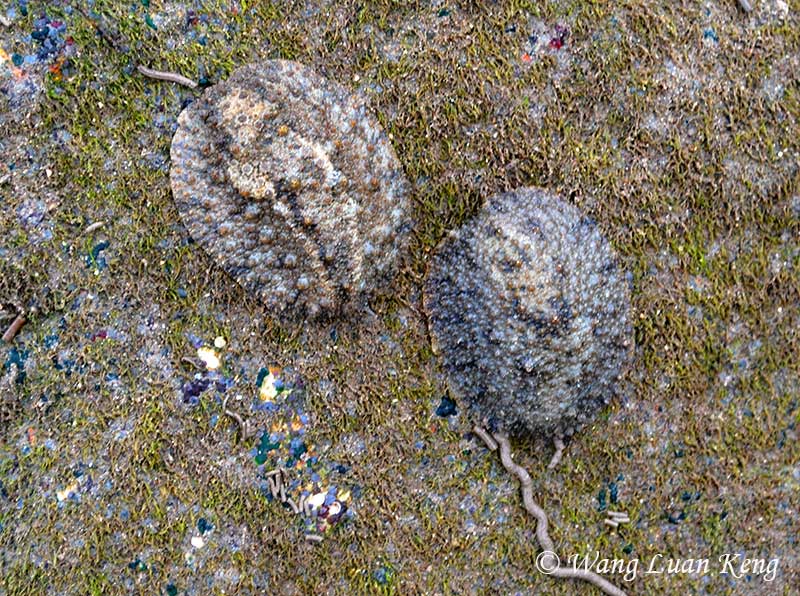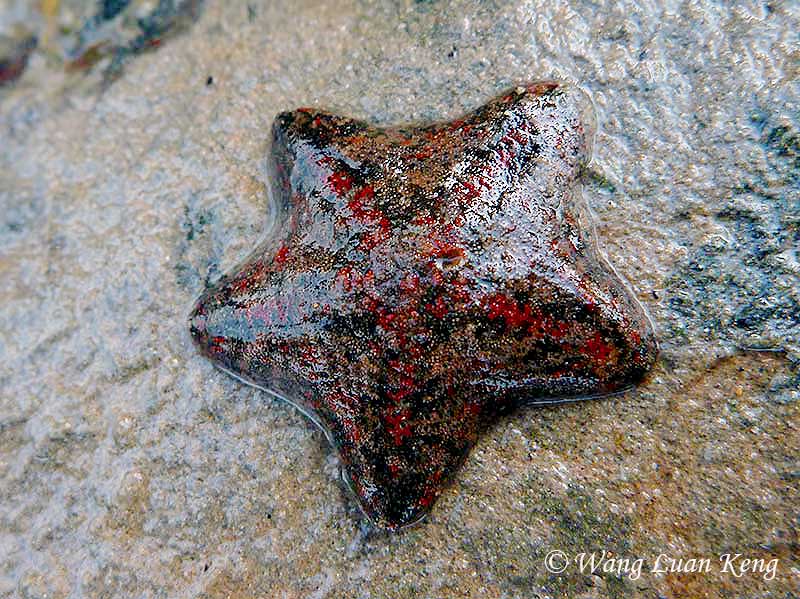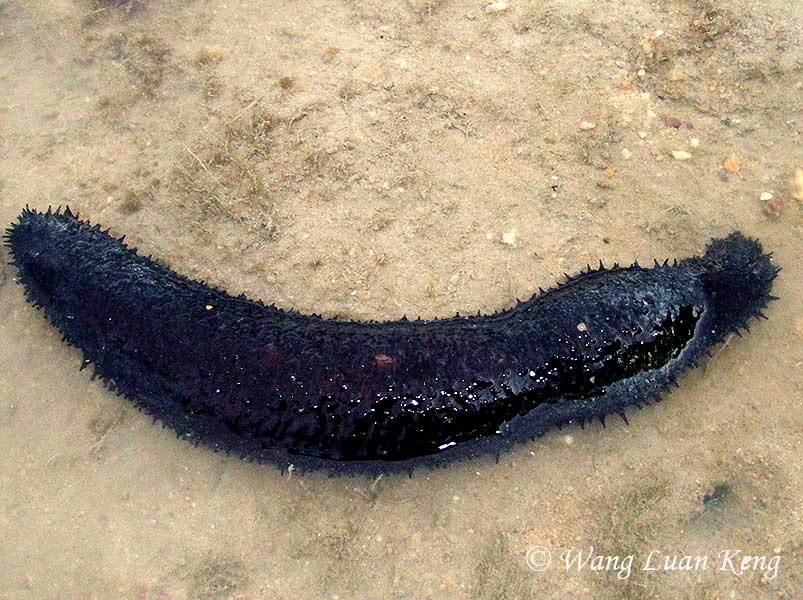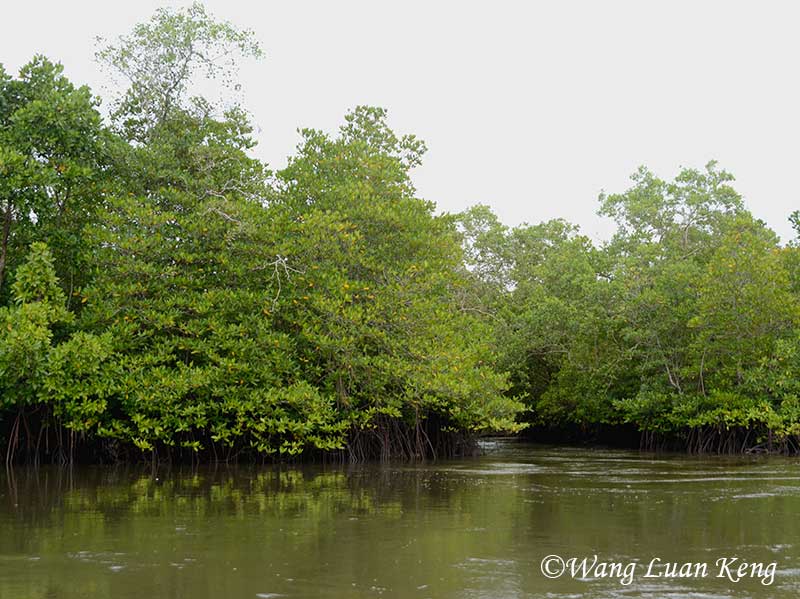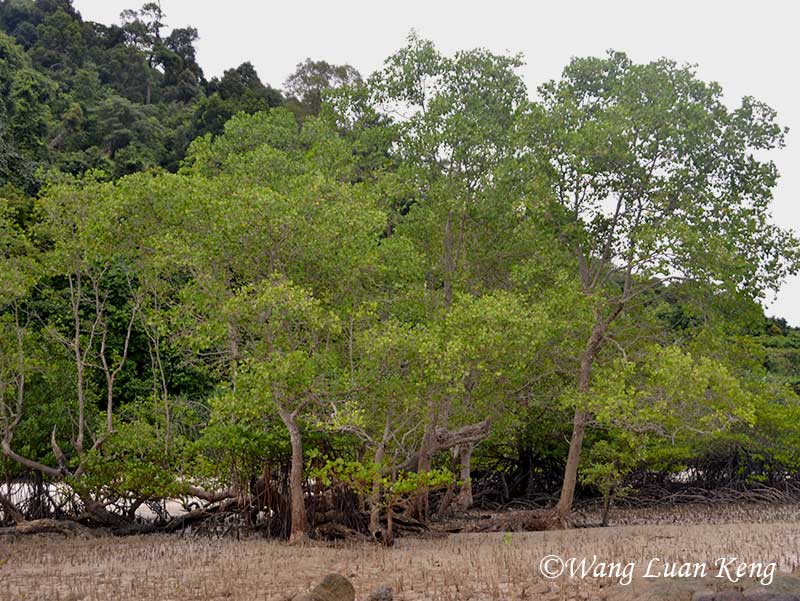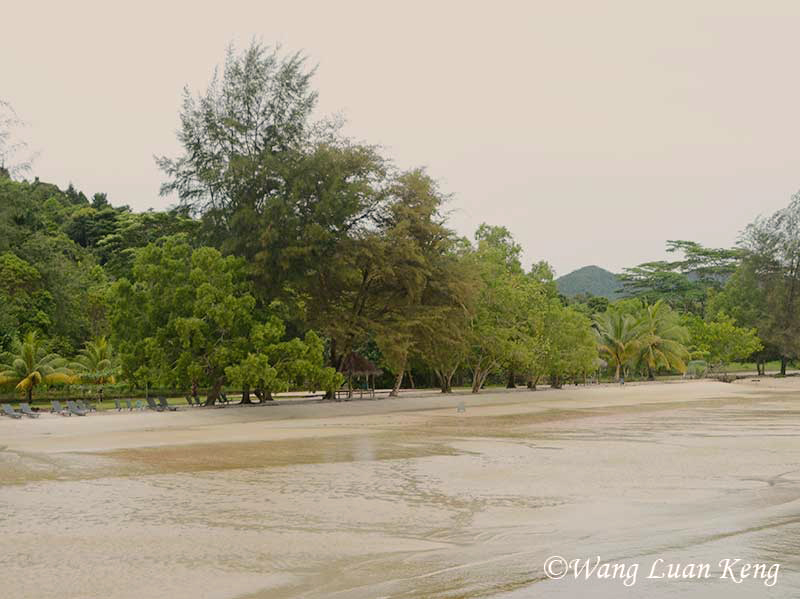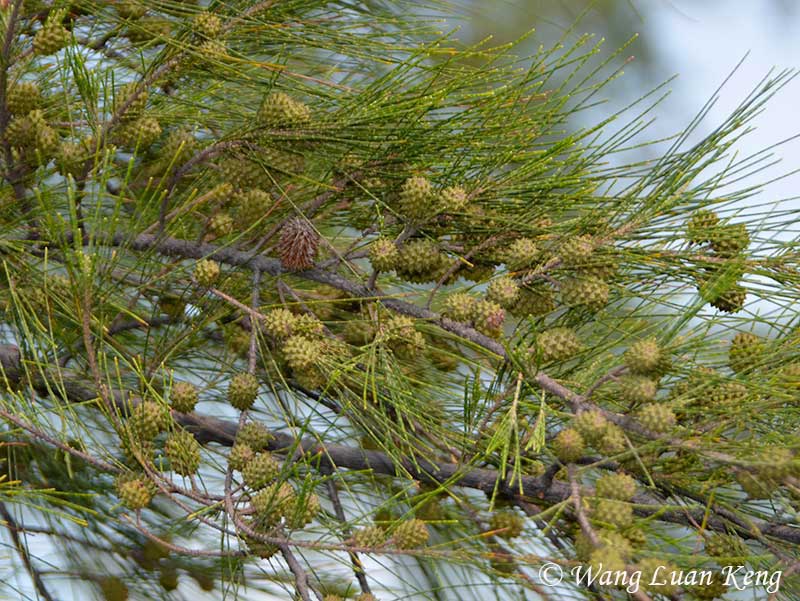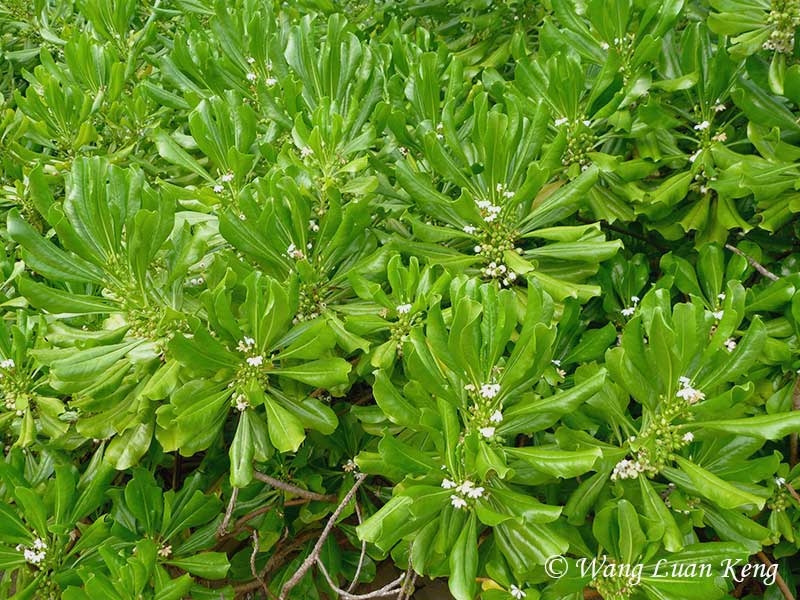By: Dian Puspitarini
Seafood is an important source of protein in many diets around the world, especially in coastal areas. Shrimp are probably one of the most popular and most consumed types of seafood in many countries. They have a buttery texture with a slightly sweet taste and they can be cooked in so many different ways. They are nutritious and good for heart and brain health.
The term shrimp is used to refer to some decapod crustaceans. Decapod comes from Greek words deka means ‘ten’ and pous, pod means ‘foot’ (Oxforddictionaries definition). Crustaceans comes from a Neo-Latin word crustacea that means hard-shelled (Thefreedictionary). So, a shrimp is a ten footed animal with a hard exoskeleton (shell). Shrimp live on the river beds and ocean floors around the world, filtering sand and particles in the water. There are thousands of different species of shrimp but most are tiny in size, with some species of shrimp being so small that many animals cannot see them.
So, what kind of shrimp do we have out here at Telunas? While there are various species, the most common shrimp you can find are the Tiger Shrimp and Sand Shrimp.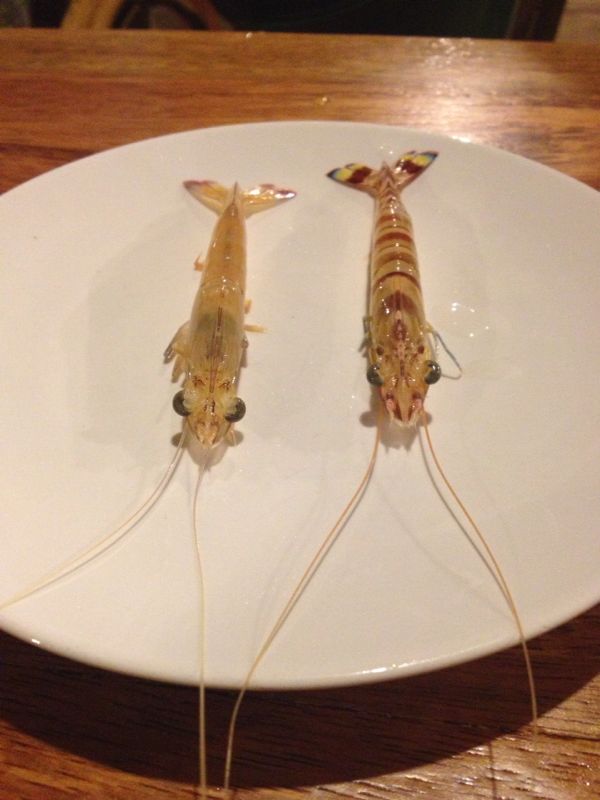
Tiger shrimp (Penaeus monodon)
Tiger shrimp got its name from the stripes on the shell. This species occurs mainly in Southeast Asian waters, eats mainly of small crustacea, mollusks, and annelids (worms). The life span may be one and a half to two years, and the female may live for a longer period than the male. In general, the female is larger than the male (Motoh, 1985). Females can reach approximately 33 centimetres (13 in) long, but are typically 25–30 cm (10–12 in) long and weigh 200–320 grams (7–11 oz); males are slightly smaller at 20–25 cm or 8–10 in long and weighing 100–170 g or 3.5–6.0 oz (wikipedia.org).
Sand Shrimp or Greasyback Shrimp (Metapenaeus ensis)
The Sand Shrimp, also called the greasyback shrimp, is usually around 7 to 14 centimeters (3-5.5 in) long. Females can reach approximately to 19 centimeters (7.4 in) and male to 15.4 centimeters (6 in) long (Holthuis, 1980: in Palomares and Pauly, 2012). The color is sand color, that is why the local people call them sand shrimp. Just like Tiger Shrimp, Greasyback Shrimp have fan-like tails (uropod) with reddish, bluish, and purplish color.
You’ve tried fishing, but have you tried shrimping? If you are interested in catching these tasty animals, you can always go shrimping at Telunas during low tide. Shrimp have big eyes that reflect lights and they are most likely nocturnal. That means that the best time to go shrimping is at night. The shrimp are quite easy to spot once you know how they look, but they can be pretty hard to catch because they can jump quite far and fast. Are you up for it?
Sources:
http://en.wikipedia.org/wiki/Penaeus_monodon
http://www.oxforddictionaries.com/definition/english/Decapoda
http://www.thefreedictionary.com/crustacean
Motoh, Hiroshi. “Biology and ecology of Penaeus monodon.” In Taki Y., J. H. Primavera and J. A. Llobrera (Eds.). Proceedings of the First International Conference on the Culture of Penaeid Prawns/Shrimps. Iloilo City, Philippines: Aquaculture Department, Southeast Asian Fisheries Development Center, 1985. 27-36. Web. 28 Nov. 2013. <http://hdl.handle.net/10862/874>
Palomares, M.L.D., and D. Pauly. “Metapenaeus ensis: Greasyback shrimp.” SeaLifeBase. UBC Fisheries Centre & The FishBase Information and Research Group, Inc., 19 Jul 2012. Web. 28 Nov. 2013. <http://sealifebase.org/summary/Metapenaeus-ensis.html>.

